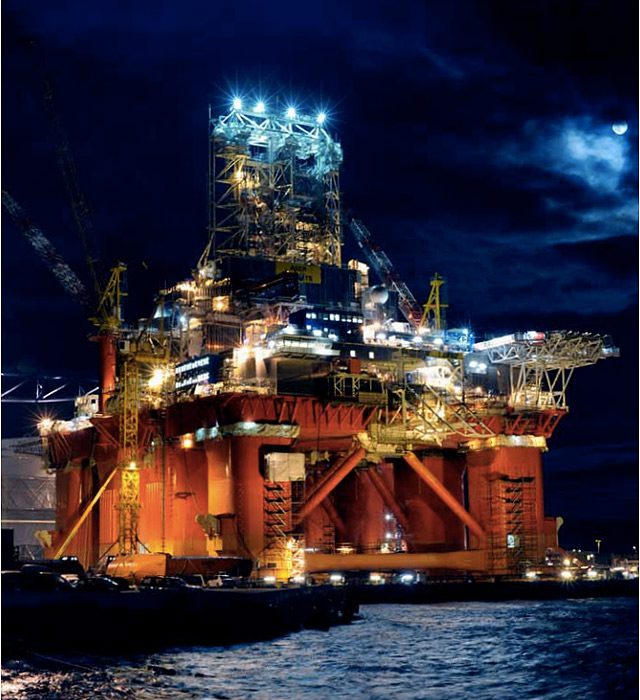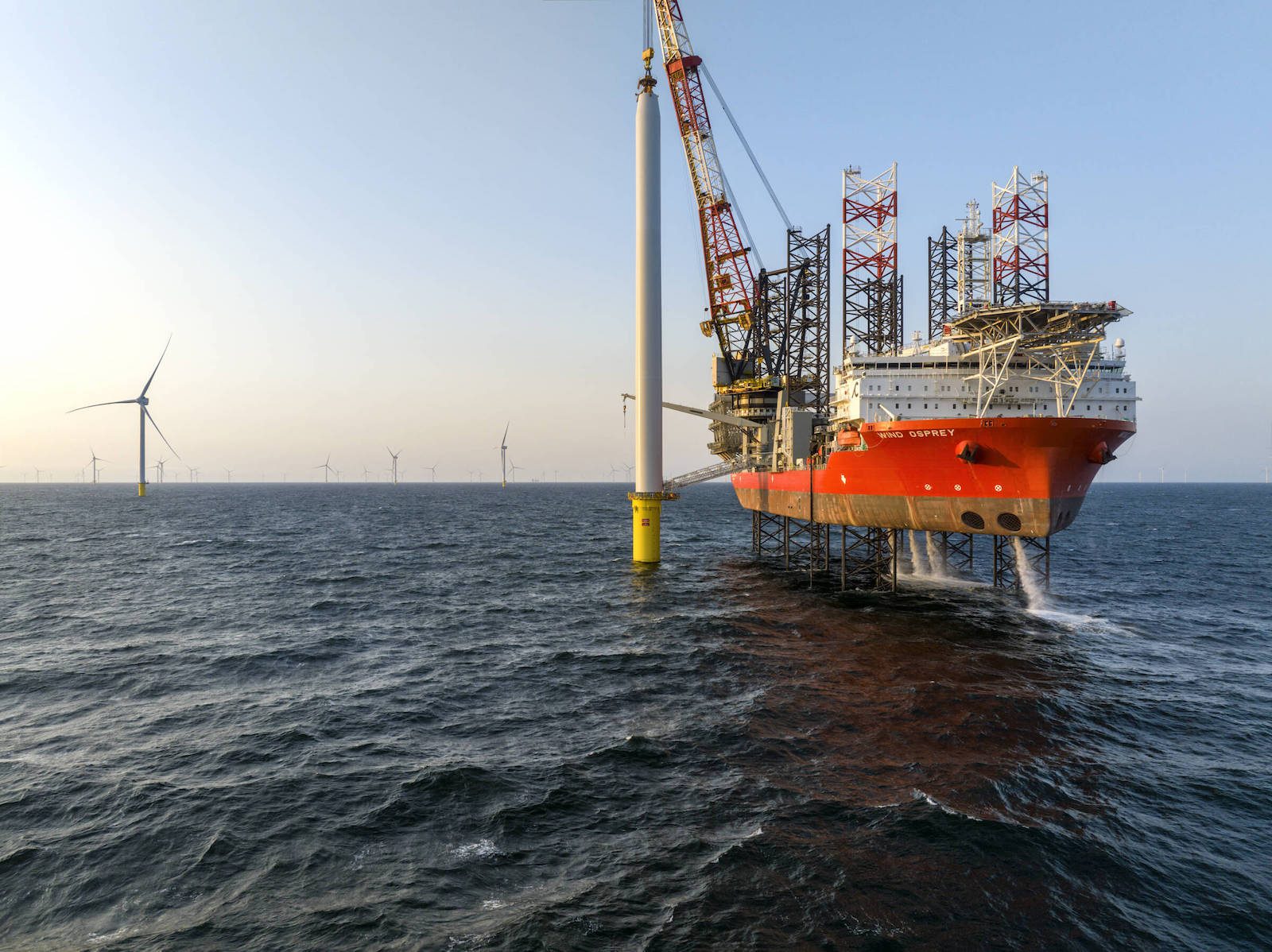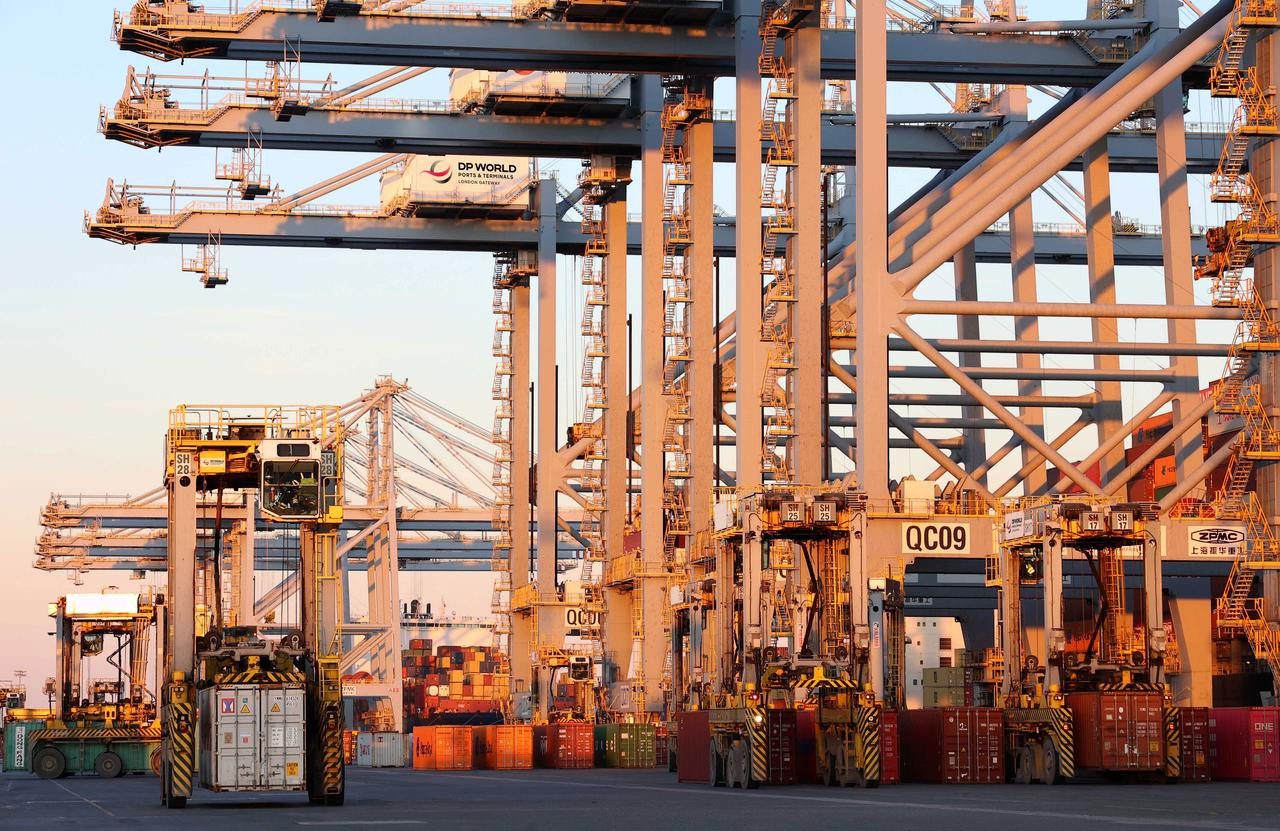“The Snefrid Nord discovery increases the resource base for the Aasta Hansteen field development project by around 15%,” says Irene Rummelhoff, senior vice president exploration Norway in Statoil.
Hydrocarbons from this field will eventually be routed to shore via the Polarled pipeline.
Statoil estimates the volumes in Snefrid Nord to be in the range of 31-57 million barrels of recoverable oil equivalent (o.e.). Two more exploratory wells are planned to be drilled this year with the aim to proving further upside potential in the area. Next up for the Transocean Spitsbergen will be a wildcat well in the Roald Rygg prospect.
“Near-field exploration is the main focus of our Norwegian continental shelf exploration programme in 2015. By proving additional timely resources, we extend the production life of our fields and create significant value,” explains Rummelhoff.
Aasta Hansteen will be the largest SPAR platform in the world and is the biggest ongoing field development project in the Norwegian Sea. It is one of the main projects in Statoil’s portfolio. The plan for development and operations (PDO) was approved by the Norwegian Ministry of Petroleum and Energy in 2013. Production start-up is expected in 2017.
“The Snefrid Nord discovery makes the Aasta Hansteen development project more robust and prolongs the Aasta Hansteen production plateau. It will utilise both the Aasta Hansteen and the Polarled gas pipeline capacity,” says Torolf Christensen, Statoil vice president for the Aasta Hansteen project.
“The discovery will now be further evaluated for future tie-in to the Aasta Hansteen infrastructure.”
Exploration well 6706/12-2 is situated in PL218 in the Norwegian Sea. Statoil is operator with an interest of 51%. The partners are Wintershall Norge AS (24%), OMV (Norge) AS (15%) and ConocoPhillips Skandinavia AS (10%).
Further Reading about Aasta Hansteen: Statoil Submits Record Breaking $10 Billion Deep Water Development Plan

 Join The Club
Join The Club











